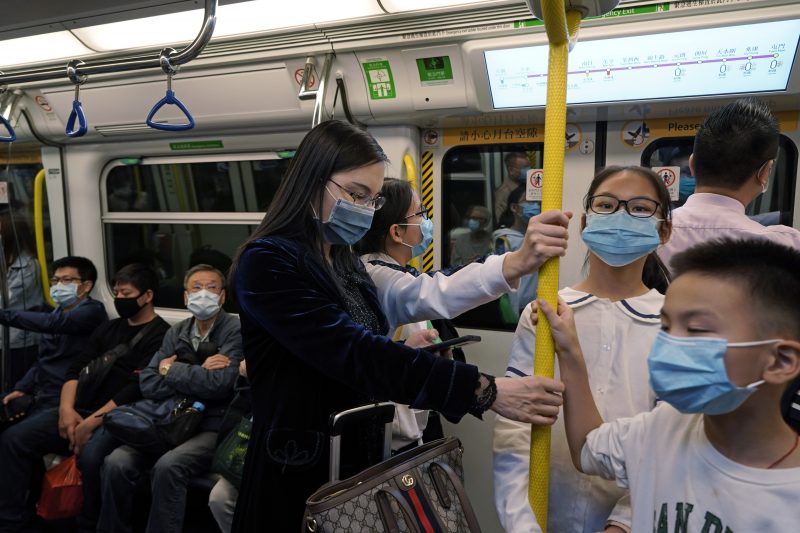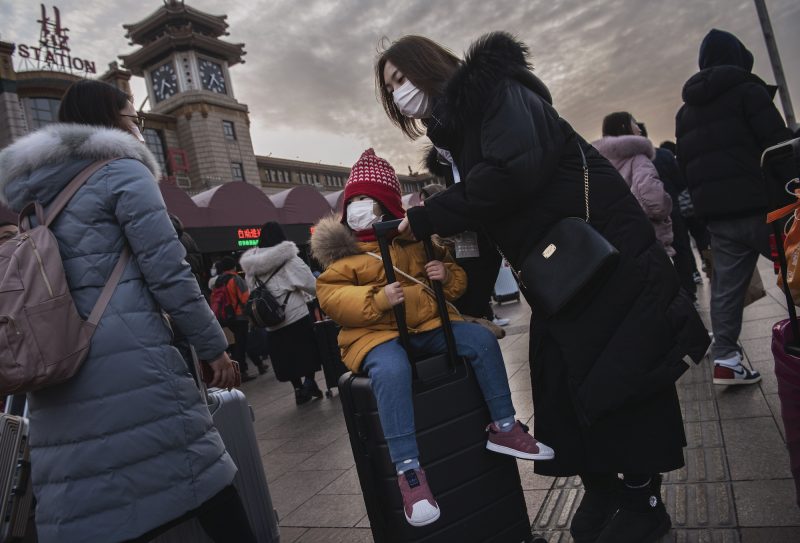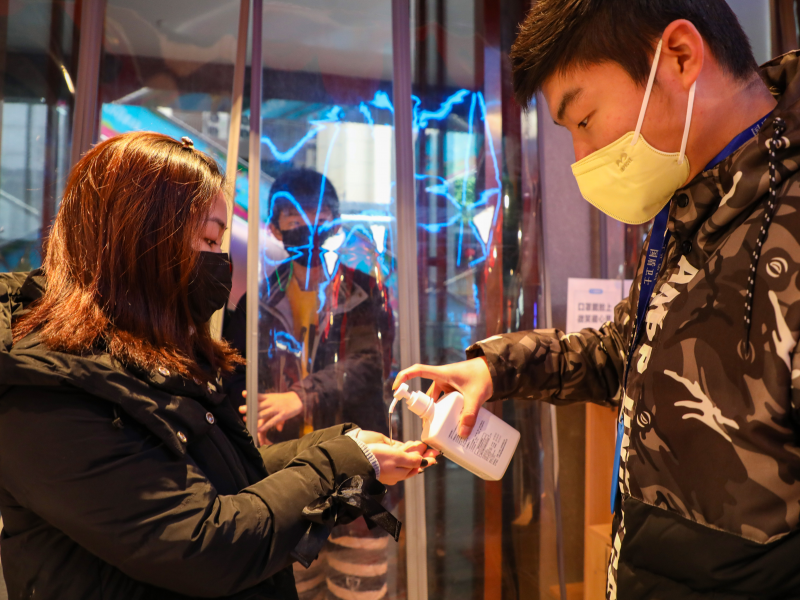- Sales of face masks are spiking in China and around the world amid a coronavirus outbreak.
- For the average person, wearing a mask is not as effective as everyday measures like hand-washing and avoiding close contact with anyone who might be infected.
- The CDC recommends that healthcare providers and those who might be infected wear masks, however.
- Visit Business Insider’s homepage for more stories.
Of the many preventative measures you can take to protect yourself from the new coronavirus, wearing a face mask is one of the most visible. But health experts don’t think it’ll help much.
“There’s little harm in it,” Eric Toner, a scientist at Johns Hopkins Center for Health Security, told Business Insider. “But it’s not likely to be very effective in preventing it.”
Since the coronavirus outbreak started Wuhan, China, on December 31, more than 40,000 people have been infected and at least 910 have died. Cases have been recorded in 25 other countries including the US and Canada.
According to the Centers for Disease Control and Prevention (CDC), the best precautions are the standard, everyday ways to avoid all germs: wash your hands frequently, try not to touch your face, and avoid close contact with sick people.
The CDC has, however, directed healthcare providers to give surgical masks to any patients that present flu-like symptoms or have recently traveled to Wuhan. That lowers the risk that a potentially infected person could spread the coronavirus to others via saliva or phlegm.
The agency also directed doctors and nurses treating potentially infected patients to wear masks and goggles.
But for the average person, a mask is probably not necessary.
Two types of face masks

Face masks are designed to catch large contaminants and particles. There are two common kinds: surgical masks and N95 respirators.
N95 respirators filter out most airborne particles from the surrounding air, preventing wearers from breathing in particles down to 0.3 microns in diameter. These types of masks are often used when air quality is poor due to wildfire smoke or pollution, and they're designed to fit tightly against one's face.
However, the coronavirus measures between .05 and 0.2 microns in diameter, according to a recent article in The Lancet.
Surgical masks, meanwhile, are designed to keep droplets and splatter from passing from a person's mouth to nearby surfaces or people. So they're primarily meant to keep healthcare providers from spreading their own mouth-borne germs to patients.

Many people do not wear either type of face mask properly - wearers often move the masks to the side to touch their faces throughout the day, breaking the barrier that the mask is supposed to create. This makes the protection ineffective.
People in the US probably don't need masks
With only 12 confirmed coronavirus cases in the US, the risk of contracting Wuhan coronavirus is "way too low to start wearing a face mask," Dr. Peter Rabinowitz, co-director of the University of Washington MetaCenter for Pandemic Preparedness and Global Health Security, told the New York Times.
The CDC has also said "the immediate health risk to the general American public is considered low at this time."
Still, sales of face masks are spiking
In Wuhan, China, authorities there have urged all citizens to wear masks in public places, since the virus seems to have an incubation period of up to two weeks. So people could be sick and spreading germs before they show any symptoms. The city is currently under quarantine.
Many stores in China have reportedly sold out of masks. Cao Jun, general manager for mask manufacturer Lanhine in China, told Reuters on January 23 that demand had already reached 200 million masks per day at that time. Lanhine's normal production rate is 400,000 per day.
3M, which produces goods like Scotch tape and Post-Its, announced on January 28 that it would boost production of face masks.
In South Korea, where 19 cases of coronavirus have been confirmed, government officials have urged the public to wear masks while on public transportation. Many restaurants and department stores in Seoul are also requiring workers to wear them. South Korean stores, markets, and pharmacies are selling out of surgical masks.
South Korean Finance Minister Hong Nam-ki warned that the government would take action against those who gouge mask prices.

Americans looking to buy face masks, meanwhile, have depleted many official Amazon sellers. The vendors are warning against counterfeit masks being sold on the site.
Even in New York's Chinatown, Reuters reported, face masks are flying off the shelves.
Aria Bendix contributed reporting to this story.
- Read more about the coronavirus outbreak
- A biomedical engineer created a mask coated in salt that he says could neutralize viruses like the coronavirus in 5 minutes
- The Wuhan coronavirus has killed at least 910 people and infected more than 40,000. Here's everything we know about the outbreak.
- Photos show how China is grappling with the Wuhan coronavirus outbreak as 12 cities are quarantined and hospitals run out of space
- The Wuhan coronavirus has spread to 26 countries. Here's how to protect yourself while traveling.
- The flu is a far bigger threat to most people in the US than the Wuhan coronavirus. Here's why.
